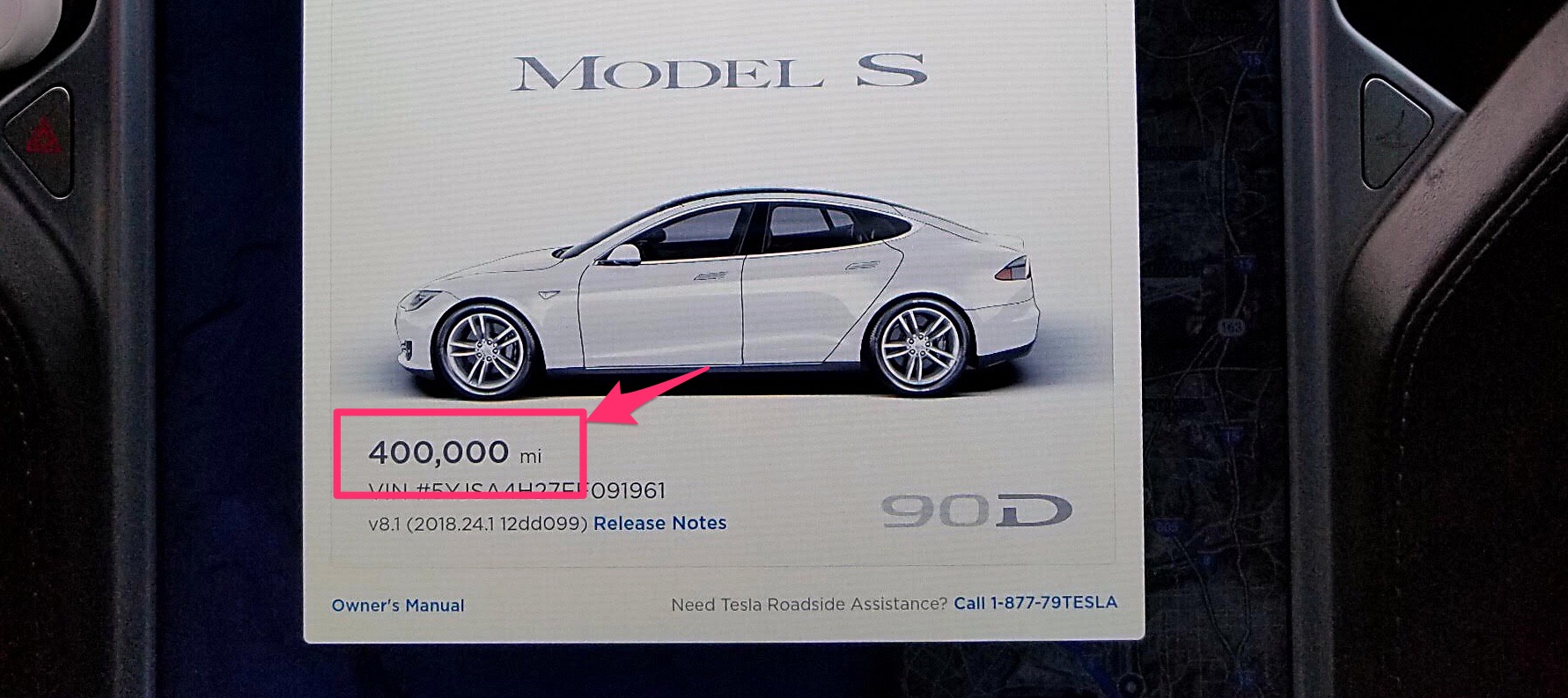
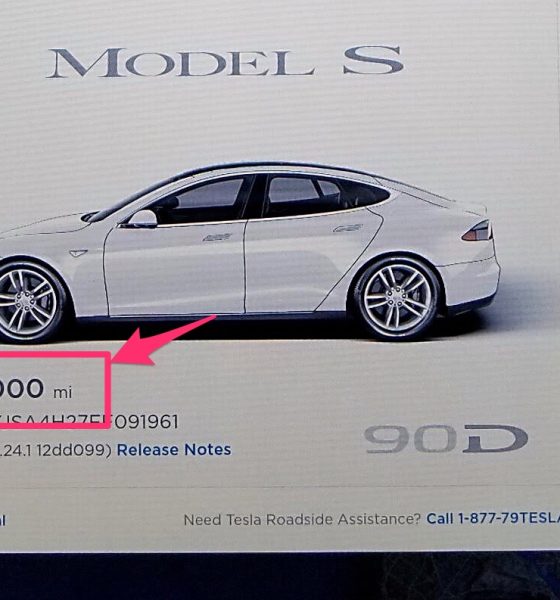
News
Tales from a Tesla Model S that hit 400,000 miles in 3 years
Tesloop, a Tesla-only intercity shuttle service for Southern California commuters, has reached another milestone with its Model S 90D. In a recent announcement, the company revealed that their Model S, dubbed eHawk, has passed the 400,000-mile mark, making it as one of the highest mileage Teslas in the world today.
eHawk entered service on July 2015, driving from city to city in Southern California and Nevada. By February 2016, the Model S 90D had logged its first 100,000 miles, and by August that year, the full-sized family sedan passed the 200,000-mile mark. In a recent blog post, Tesloop stated that roughly 90% of eHawk’s trips were driven using Autopilot, with Pilots (as the company refers to its drivers) only taking over active driving duties when needed. Tesloop’s Model S 90D currently travels an average of 17,000 miles per month. On the company’s recent post, Haydn Sonnad, Tesloop’s founder, expressed his optimism for the coming years.
“Vehicle connectivity is about to transform the car ownership and user experience. We are close to the point where increasingly sophisticated autonomous driving features and deep connectivity are coupled with electric drivetrains that last hundreds of thousands of miles, a whole new approach to mobility can be offered, that will transform the economics of car ownership and usage, while offering a greatly superior customer experience,” he said.
Over the past 3 years and through 400,000 miles on the road, eHawk has accumulated roughly $19,000 worth of maintenance costs, equating to about $0.05 per miles. This cost is broken down to $6,700 for general vehicle repairs and $12,200 for regularly scheduled maintenance. According to the company’s estimates, a Lincoln Town Car or a Mercedes-Benz GLS class would have accumulated maintenance costs of $88,500 ($0.22/mile) and $98,900 ($0.25/mile), respectively, had the vehicles been driven for 400,000 miles.
The Model S 90D’s high voltage (HV) battery unit was replaced twice under warranty since July 2015. The first battery HV battery replacement was at 194,000 miles, while the second was at 324,000 miles. Average battery degradation over the vehicle’s first 194,000 miles was around 6% with multiple Supercharger stops every day. Between 194,000 – 324,000 miles, the HV battery degradation was estimated at around 22%. According to Tesloop, this was likely due to the company’s practice of constantly charging eHawk to 95-100%, instead of Tesla’s recommended 90-95%. On its blog post, Tesloop shared Tesla’s reminder to the company after its first HV battery replacement.
“Found internal imbalance in HV battery due to consistent supercharging to 100% from a low state of charge (SOC) without any rest periods in between. HV battery has been approved to be replaced. Also recommend that customer does not Supercharge on a regular basis and does not charge to 100% on a regular basis. We also recommend that the customer use scheduled charging to start charge 3 hours after end of drive at low SOC.”

The interior of Tesloop’s Tesla Model S 90D after being in service for 400,000 miles. [Credit: Tesloop]
Apart from its HV battery, Tesloop’s Model S 90D also had its front drive unit replaced under warranty at 36,000 miles. No issues with the vehicle’s drive units have emerged since. The Tesla-exclusive shuttle service also opted to upgrade the rear seating of eHawk to the executive seat option for maximum passenger comfort. According to the company, the seats have held up well over the thousands of passengers the electric car has transported over the years.
Considering the endurance showcased by its Model S 90D, Tesloop estimates that eHawk should be able to last another 600,000 miles over the next five years. If the vehicle achieves this, it would be the first Tesla Model S to reach the 1 million-mile mark.
Tesloop currently operates a fleet of Model S and Model X vehicles. One of its Model X, a 90D named Rex, also achieved its own milestone last month, after it hit 300,000 miles on the road since being deployed. When the all-electric SUV reached the 300,000-mile mark, its battery degradation was estimated at roughly 10%. Since achieving its milestone, however, Tesla has changed the vehicle’s rear drive unit.

News
Tesla Full Self-Driving shows confident navigation in heavy snow
So far, from what we’ve seen, snow has not been a huge issue for the most recent Full Self-Driving release. It seems to be acting confidently and handling even snow-covered roads with relative ease.
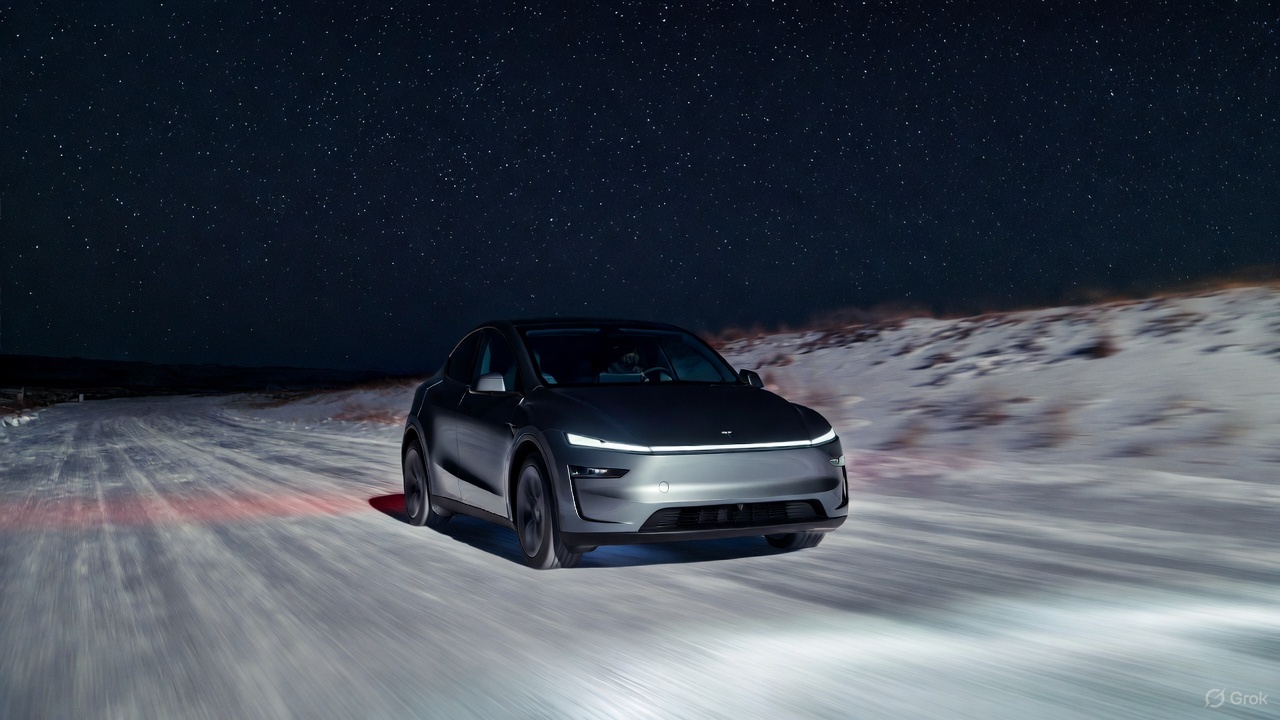
Tesla Full Self-Driving is getting its first taste of Winter weather for late 2025, as snow is starting to fall all across the United States.
The suite has been vastly improved after Tesla released v14 to many owners with capable hardware, and driving performance, along with overall behavior, has really been something to admire. This is by far the best version of FSD Tesla has ever released, and although there are a handful of regressions with each subsequent release, they are usually cleared up within a week or two.
Tesla is releasing a modified version of FSD v14 for Hardware 3 owners: here’s when
However, adverse weather conditions are something that Tesla will have to confront, as heavy rain, snow, and other interesting situations are bound to occur. In order for the vehicles to be fully autonomous, they will have to go through these scenarios safely and accurately.
One big issue I’ve had, especially in heavy rain, is that the camera vision might be obstructed, which will display messages that certain features’ performance might be degraded.
So far, from what we’ve seen, snow has not been a huge issue for the most recent Full Self-Driving release. It seems to be acting confidently and handling even snow-covered roads with relative ease:
FSD 14.1.4 snow storm Ontario Canada pic.twitter.com/jwK1dLYT0w
— Everything AI (@mrteslaspace) November 17, 2025
I found the steepest, unplowed hill in my area and tested the following:
• FSD 14.2.1 on summer tires
• FSD 14.2.1 on winter tires
• Manual drivingBut I think the most impressive part was how FSD went DOWN the hill. FSD in the snow is sublime $TSLA pic.twitter.com/YMcN7Br3PU
— Dillon Loomis (@DillonLoomis) December 2, 2025
Well.. I couldn’t let the boys have all the fun!
Threw the GoPro up and decided to FSD v14.2.1 in the snow. Roads were not compacted like the other day, a little slippery, but overall doable at lower speeds. Enjoy the video and holiday music 🎶
Liked:
Took turns super slow… pic.twitter.com/rIAIeh3Zu3— 🦋Diana🦋 (@99_Colorado) December 3, 2025
Moving into the winter months, it will be very interesting to see how FSD handles even more concerning conditions, especially with black ice, freezing rain and snow mix, and other things that happen during colder conditions.
We are excited to test it ourselves, but I am waiting for heavy snowfall to make it to Pennsylvania so I can truly push it to the limit.
News
Tesla hosts Rome Mayor for first Italian FSD Supervised road demo
The event marked the first time an Italian mayor tested the advanced driver-assistance system in person in Rome’s urban streets.
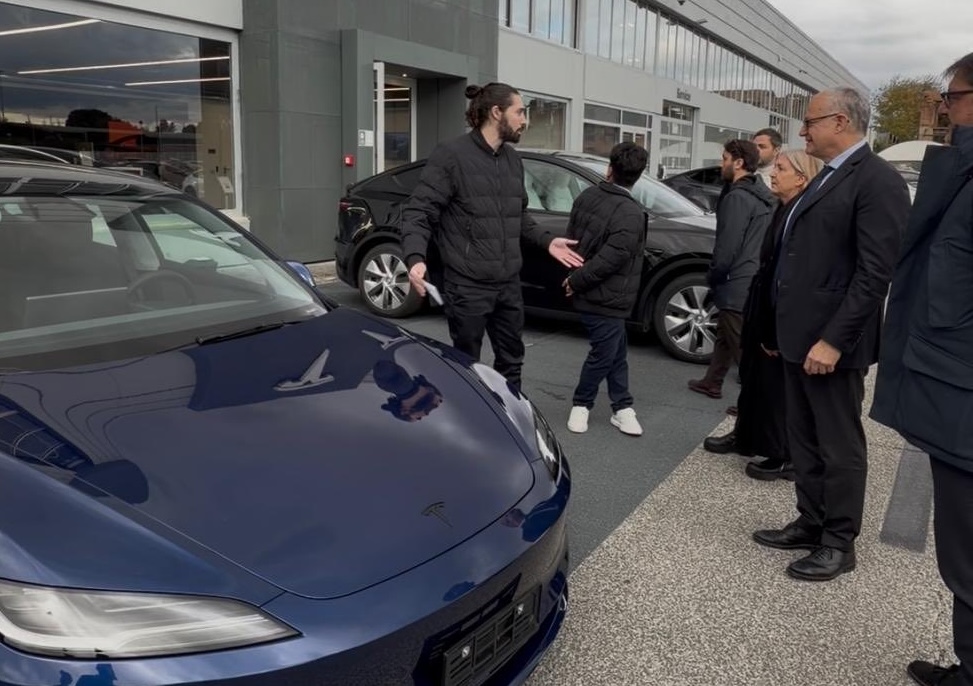
Tesla definitely seems to be actively engaging European officials on FSD’s capabilities, with the company hosting Rome Mayor Roberto Gualtieri and Mobility Assessor Eugenio Patanè for a hands-on road demonstration.
The event marked the first time an Italian mayor tested the advanced driver-assistance system in person in Rome’s urban streets. This comes amid Tesla’s push for FSD’s EU regulatory approvals in the coming year.
Rome officials experience FSD Supervised
Tesla conducted the demo using a Model 3 equipped with Full Self-Driving (Supervised), tackling typical Roman traffic including complex intersections, roundabouts, pedestrian crossings and mixed users like cars, bikes and scooters.
The system showcased AI-based assisted driving, prioritizing safety while maintaining flow. FSD also handled overtakes and lane decisions, though with constant driver supervision.
Investor Andrea Stroppa detailed the event on X, noting the system’s potential to reduce severe collision risks by up to seven times compared to traditional driving, based on Tesla’s data from billions of global fleet miles. The session highlighted FSD’s role as an assistance tool in its Supervised form, not a replacement, with the driver fully responsible at all times.
Path to European rollout
Tesla has logged over 1 million kilometers of testing across 17 European countries, including Italy, to refine FSD for local conditions. The fact that Rome officials personally tested FSD Supervised bodes well for the program’s approval, as it suggests that key individuals are closely watching Tesla’s efforts and innovations.
Assessor Patanè also highlighted the administration’s interest in technologies that boost road safety and urban travel quality, viewing them as aids for both private and public transport while respecting rules.
Replies on X urged involving Italy’s Transport Ministry to speed approvals, with one user noting, “Great idea to involve the mayor! It would be necessary to involve components of the Ministry of Transport and the government as soon as possible: it’s they who can accelerate the approval of FSD in Italy.”
News
Tesla FSD (Supervised) blows away French journalist after test ride
Cadot described FSD as “mind-blowing,” both for the safety of the vehicle’s driving and the “humanity” of its driving behaviors.
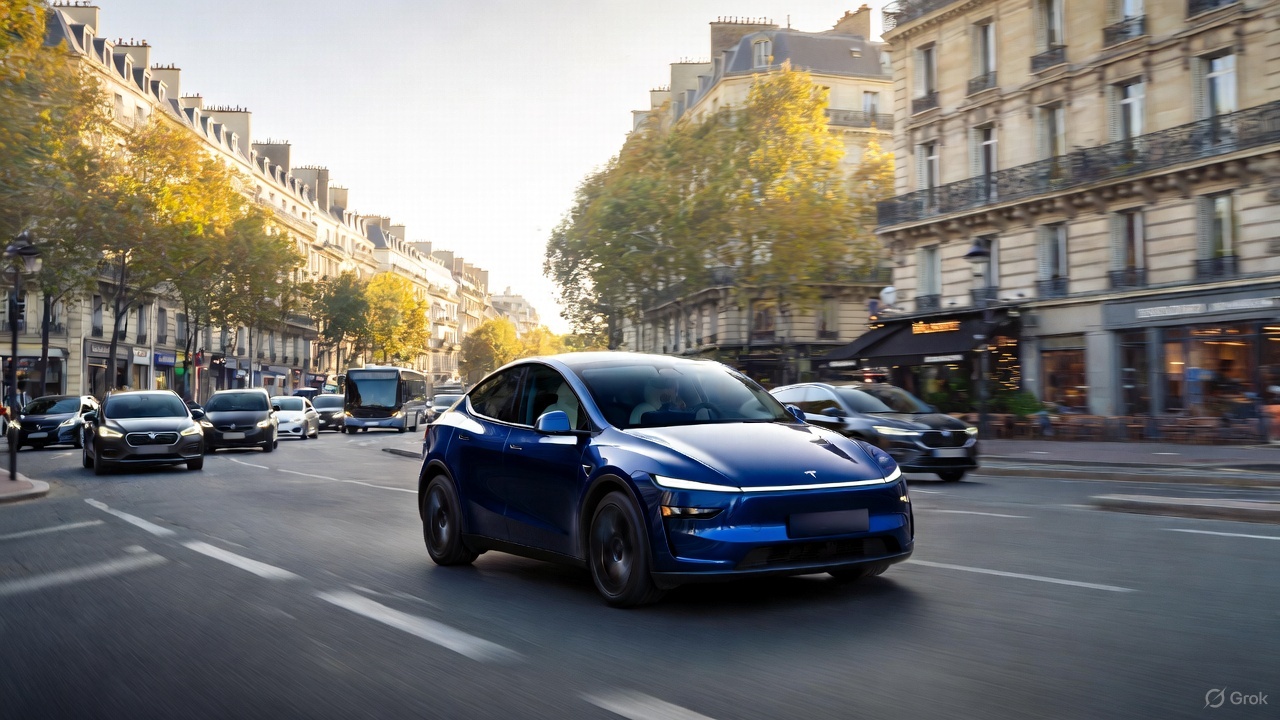
Tesla’s Full Self-Driving (Supervised) seems to be making waves in Europe, with French tech journalist Julien Cadot recently sharing a positive first-hand experience from a supervised test drive in France.
Cadot, who tested the system for Numerama after eight years of anticipation since early Autopilot trials, described FSD as “mind-blowing,” both for the safety of the vehicle’s driving and the “humanity” of its driving behaviors.
Julien Cadot’s FSD test in France
Cadot announced his upcoming test on X, writing in French: “I’m going to test Tesla’s FSD for Numerama in France. 8 years I’ve been waiting to relive the sensations of our very first contact with the unbridled Autopilot of the 2016s.” He followed up shortly after with an initial reaction, writing: “I don’t want to spoil too much because as media we were allowed to film everything and I have a huge video coming… But: it’s mind-blowing! Both for safety and for the ‘humanity’ of the choices.”
His later posts detailed FSD’s specific maneuvers that he found particularly compelling. These include the vehicle safely overtaking a delivery truck by inches, something Cadot said he personally would avoid to protect his rims, but FSD handled flawlessly. He also praised FSD’s cyclist overtakes, as the system always maintained the required 1.5-meter distance by encroaching on the opposite lane when clear. Ultimately, Cadot noted FSD’s decision-making prioritized safety and advancement, which is pretty remarkable.
FSD’s ‘human’ edge over Autopilot
When asked if FSD felt light-years ahead of standard Autopilot, Cadot replied: “It’s incomparable, it’s not the same language.” He elaborated on scenarios like bypassing a parked delivery truck across a solid white line, where FSD assessed safety and proceeded just as a human driver might, rather than halting indefinitely. This “humanity” impressed Cadot the most, as it allowed FSD to fluidly navigate real-world chaos like urban Paris traffic.
Tesla is currently hard at work pushing for the rollout of FSD to several European countries. Recent reports have revealed that Tesla has received approval to operate 19 FSD test vehicles on Spain’s roads, though this number could increase as the program develops. As per the Dirección General de Tráfico (DGT), Tesla would be able to operate its FSD fleet on any national route across Spain. Recent job openings also hint at Tesla starting FSD tests in Austria. Apart from this, the company is also holding FSD demonstrations in Germany, France, and Italy.








